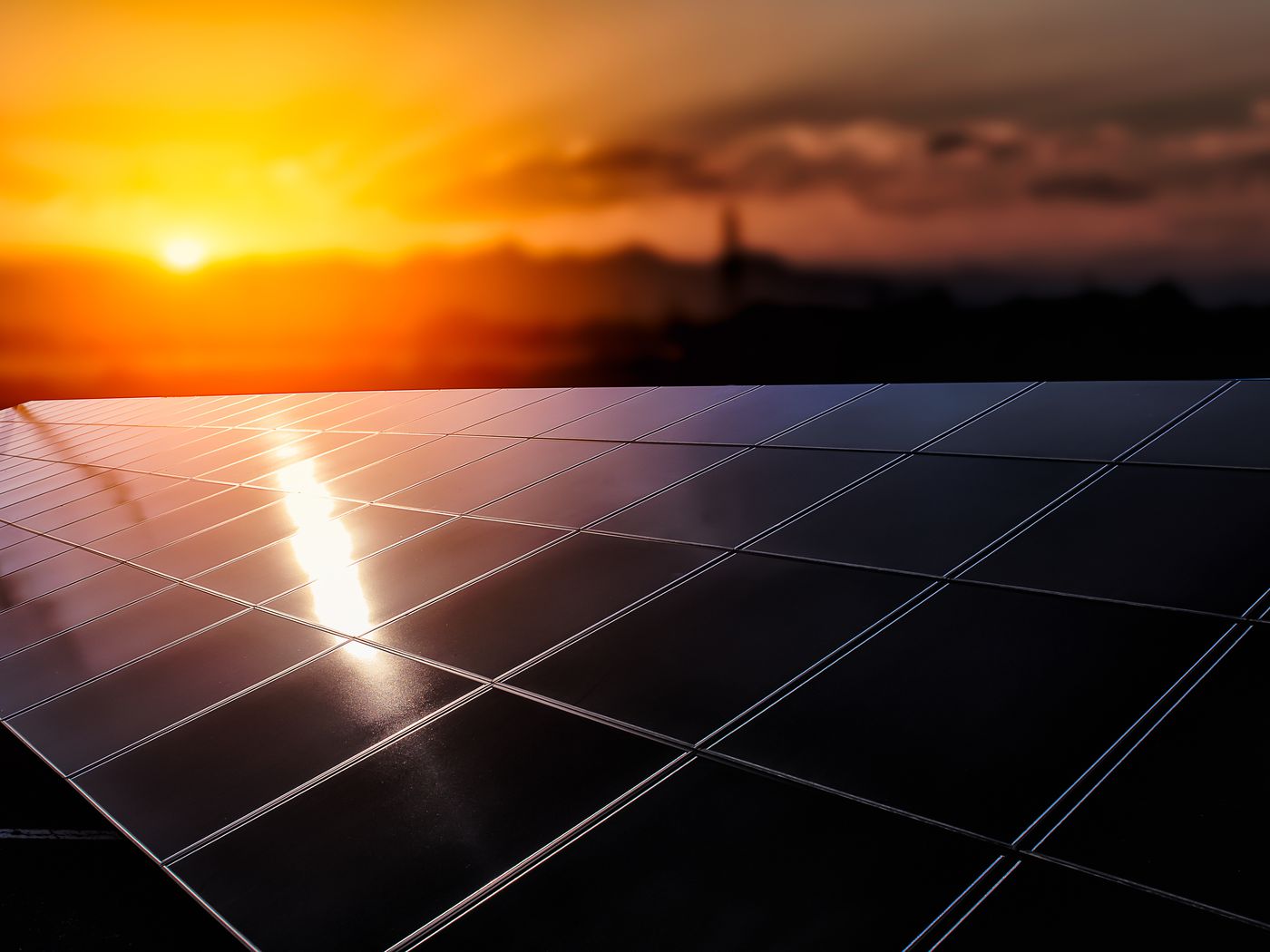One of the most challenging and fascinating projects that have taken over the world of renewable energy is Google Sunroof. It aims at showing the amount of solar power a roof can generate based on Google Maps.
The project helps you understand how much money you can save with the help of solar roofs on your house. You can lease or buy these panels for 20 years and hold so much throughout this period. According to a U.S. Energy Information Administration study, a new plan is to install these panels for low-income households and help empower them with the technology beyond their financial status.
This project can save India billions of dollars in lost costs with other energy sources. It’s essential to understand what it entails and the difference it can make for you.
How does the project – Solar Rooftop Mapping work?
The project is the brainchild of engineer Carl Elkin and used many techniques, including 3D Modeling of the many rooftops and an aerial map database while considering factors like the shadow of nearby trees and structures. The Google Sunroof is then run against all the possible positions of the sun over one year.
Historical temperature and cloud patterns are also considered to affect solar energy production. You make life easier by deciding the amount you wish to save on projects by opting for solar energy. Single-family residential developers and homeowners, in addition to commercial properties, can also benefit the public. The project uses the maps like those present on Google Earth and carries out the study as the starting point.
Users can also evaluate different financing plans and begin the process of saving money. India sees this project being implemented effectively, with plenty of cities looking to start the process. It will help cut down the energy lost by other methods as well.
India and Solar Mapping
This incredible technology is being implemented in India, with RTS (Rooftop Solar) said to change the economics and energy dynamics around the world. The Indian Government’s Ministry of New and Renewable Energy (MNRE) plans to add around 100 GW of solar power by 2022, with 40 MW generated through Grid Connected RTS (Rooftop Solar).
There are plenty of incentive schemes and policies being formulated to push RTS (Rooftop Solar) all over the country. By mapping the potential of the different regions in India, scientists can get a sound basis to create timelines to set up these projects. RTS (Rooftop Solar) is one sector where India has been lagging; however, many urgent policy reforms are required to realize this 40 GW target by 2022.
The Benefits of Solar Rooftop Mapping
To realize these targets within the time frame, the government requires reports sector-wise, and these detail the different roadmaps to help achieve the required targets. One of the most basic building blocks of a study is assessing the potential of RTS (Rooftop Solar) that urban areas, metros, semi-urban and rural areas possess. All stakeholders (national and local level government bodies, project developers, financial institutions and more) are given access to detailed info:
-
The bodies can frame better sector-wise policies and have a readily available market survey any time they need
-
The RTS (Rooftop Solar) potentials and the existing electricity network infrastructure data will help analyze the impact on the various distribution transformers and the grid. The rooftop mapping data can also lead to studies of the lowering effect on potential systems. This then leads to incorrect installations, leading to optimal designs.
-
Consumers won’t have to be on the lookout for consultants to understand the viability of any RTS (Rooftop Solar) plant on their roof. They will also be aware of the exact area required to install, the plant’s electricity amount, and the payback period on their investments.
Techniques and how India will receive Solar Mapping
-
Many techniques are available to map areas and estimate the RTS (Rooftop Solar) potentials. These techniques involve using GIS or Geographic Information Systems, LIDAR or Laser Interferometry Detection and Ranging, and hi-res aerial photography. All these techniques require a substantial investment in the best technology and infrastructure. The data available from Google make it easy to access information for free, but not in detail.
-
Google understands that the various provinces, both rural and urban, vary. The metro cities have a massive diversity in rooftop arrangements, and India’s cities have been urbanized in an unplanned manner over the last decade. This makes it hard to understand the demarcated areas for specific usage, and categorizing this usage is one of the challenges in many cities.
-
Bangalore moved by mapping the city with LIDAR, and Google played a vital role in providing the mapped area information. However, the three crore budget isn’t enough to map all the districts under BESCOM.
-
The Mumbai Mapping chapter was done using the most minimal resources, as most of the mapping was crowdsourced from students studying in different engineering colleges. This helped the city get its RTS (Rooftop Solar) potential mapped and helped students receive hands-on experience. These studies with different methodologies provide a range of options that can be replicated across the country in other towns and cities.
Commercial mapping is necessary to ensure our world doesn’t run out of power. The dependency on renewable resources will only increase in the next few decades, and getting a head start on the same is a good initiative by Google. Houses will be able to save money as well in the long term.
Overall, in collaboration with the solar mapping of India’s rooftops, the Google Solar Mapping project looks to end promisingly. After completing the project, you, too, will be able to enjoy its benefits and play your part in saving the environment.

